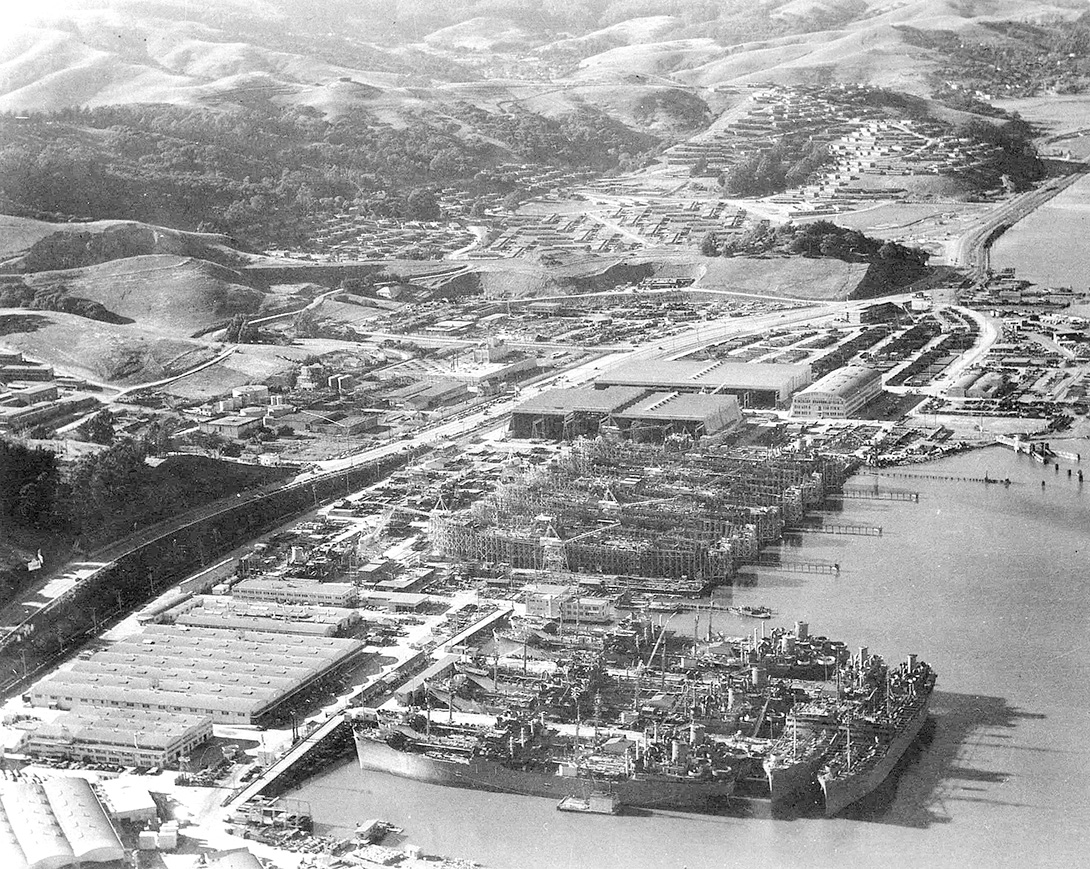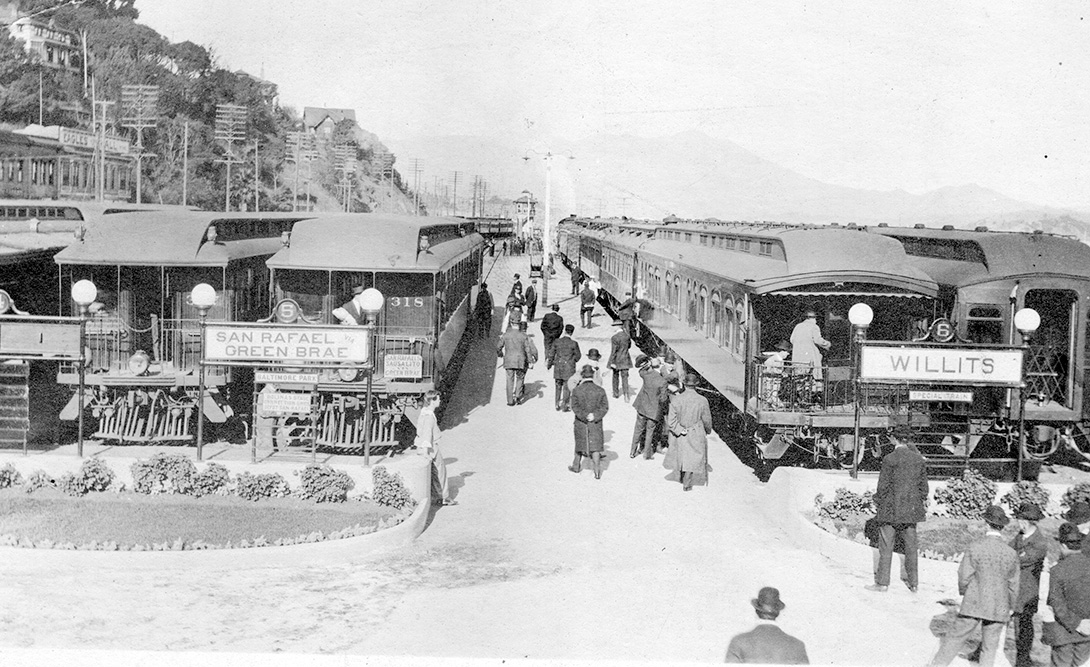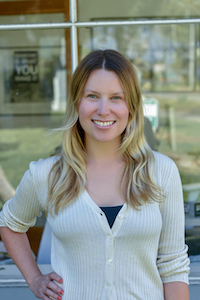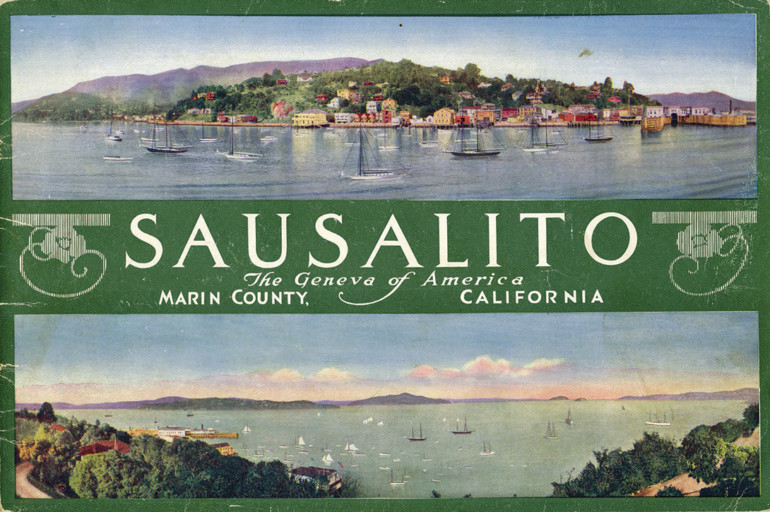 If the throngs of international bike-riding tourists who flood its streets en masse and the storefronts displaying all kinds of merchandise bearing its name serve as any indication, Sausalito is the most famous city in Marin. It’s inspired songs, has nurtured artistic talent and boasts a rich and important boatbuilding history. Plus, there’s a popular cookie named after it.
If the throngs of international bike-riding tourists who flood its streets en masse and the storefronts displaying all kinds of merchandise bearing its name serve as any indication, Sausalito is the most famous city in Marin. It’s inspired songs, has nurtured artistic talent and boasts a rich and important boatbuilding history. Plus, there’s a popular cookie named after it.
For a city with a population of less than 10,000 that covers an area of 2.2 square miles — .4 of which are submerged — Sausalito has an identity that’s hard to pin down. It started off like most other places in the Bay Area, as a Coast Miwok settlement. The Huimen, a branch of the Miwoks, were a peaceful group living in the region they called Liwanelowa when the Spanish exploration ship San Carlos landed on the shores in 1775. Unfortunately, the Huimens’ docile nature led to their ousting, which happened in just a few generations.
By the 1830s ambitious English seafarer William Richardson began drafting street plans and set up a watering station for visiting boats in what he called Rancho Saucelito. The city’s unusual name is derived from the small willow trees that grew along banks in the region — saucito in Spanish — and after many iterations, including San Salito and Sousalita, the name Sausalito finally emerged.
But Richardson’s time with the land was fraught — he started developing the area before his claim for it was even filed, went to live near the Presidio in San Francisco for a period of time, and after years of legal battles was finally officially granted the title in 1838. He then built a hacienda in the vicinity of what is now Caledonia Street and grew wealthy from various businesses he had there. However, the money didn’t last — Richardson ended up dying bankrupt in 1856, and the majority of Rancho Sausalito was sold to the Sausalito Land and Ferry Company in 1868. A mining agent named Samuel Reading Throckmorton handled the sale and took a part of Rancho Sausalito as payment.
Railroads were built and extended in the coming years, and a ferry route was established to bring passengers and their cars from Sausalito to San Francisco’s Hyde Street Pier. The makeup of the population was diverse — well-heeled San Franciscans built summer homes in the hills, while Chinese shopkeepers, Italian merchants and Portuguese boatbuilders set up around Water Street (present-day Bridgeway). During Prohibition, Sausalito earned notoriety as a center for bootlegging and was popular with rumrunners and outlaws like Baby Face Nelson.
Later, not long after after the Golden Gate Bridge was erected in 1937, the city reinvented itself again. Train operations ceased in 1941 just as war efforts mounted, and the scope of the World War II conflict called for a large fleet of cargo ships and oil tankers. A shipbuilding company owned by W.A. Bechtel Company, which eventually became known as Marinship, was founded here in 1942. (One of its structures, the Industrial Center Building, or ICB, is now a home to a thriving group of artists.)
Some 2,000 employees worked continuously to build the massive shipyard, and Marin City arose to house the workforce. A large share of the workers were African Americans, who came from Southern states seeking the wages shipbuilding offered. But the group also included Chinese laborers and women, who, with so many men away at war, held an estimated quarter of the shipyard jobs, like “Rosie the Riveters” nationwide. By the time its operations ended in 1945, the shipyard had produced 93 Liberty Ships and oil tankers.

A vibrant community sprang up along the shore after the war, including many houseboat hubs, some of which still exist today. Though floating homes are now seen as hallmarks of the city, their first inhabitants drew the ire of developers wishing to expel them, sparking a battle known as the “Houseboat Wars.”
Environmental roots here also run deep. Around the same time a burgeoning art scene was developing, Sausalito was embroiled in a struggle to protect land that’s now part of the Golden Gate National Recreation Area from becoming a development named Marincello. Meanwhile, Heath Ceramics and the legendary Record Plant recording studio came into being, and Sausalito attracted well-known figures like Shel Silverstein, Otis Redding and Sally Stanford, the former San Francisco madam who opened a Sausalito restaurant and later served as mayor.
The city remains enigmatic. Old haunts like the No Name Bar and the Trident are still around (or in the latter case, back), albeit more polished, and tensions continue to roil between disparate communities, most recently the area’s hill dwellers and anchor-outs. Innovation and creativity are still a part of this place, and so are efforts to keep it grounded, or “salty,” as local bumper stickers say.


Kasia Pawlowska loves words. A native of Poland, Kasia moved to the States when she was seven. The San Francisco State University creative writing graduate went on to write for publications like the San Francisco Bay Guardian and KQED Arts among others prior to joining the Marin Magazine staff. Topics Kasia has covered include travel, trends, mushroom hunting, an award-winning series on social media addiction and loads of other random things. When she’s not busy blogging or researching and writing articles, she’s either at home writing postcards and reading or going to shows. Recently, Kasia has been trying to branch out and diversify, ie: use different emojis. Her quest for the perfect chip is never-ending.


